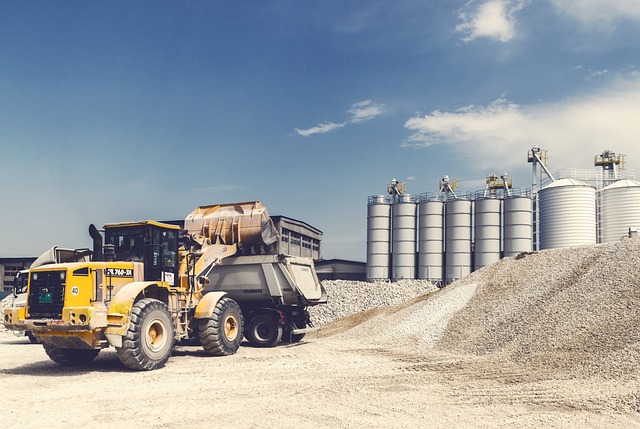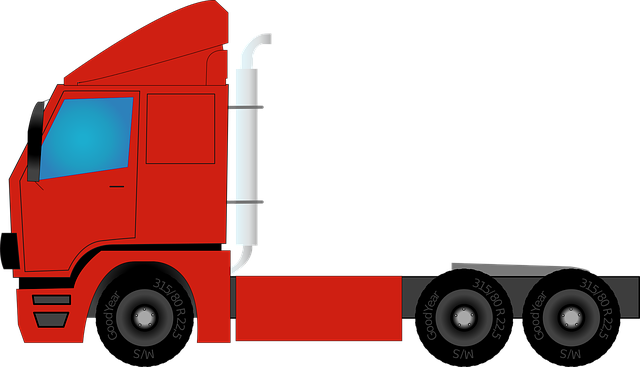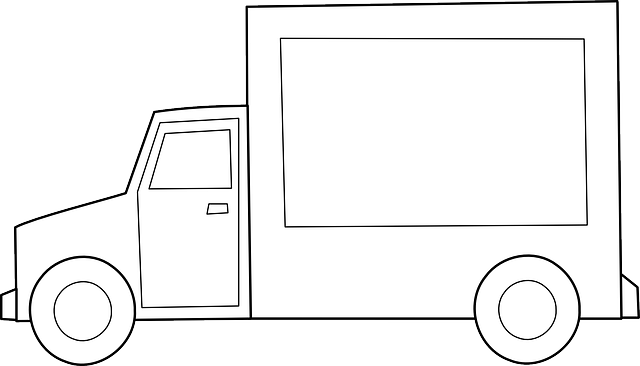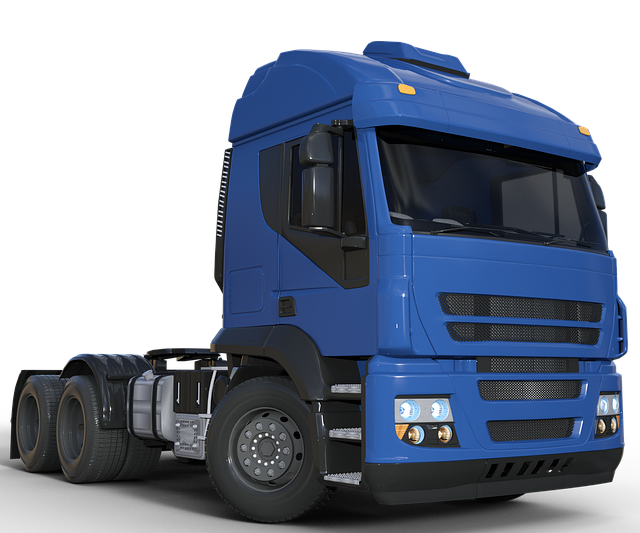Adhering to industry standards for heavy truck coverage is paramount for logistics businesses, ensuring safety, accountability, and environmental responsibility. Compliance involves maintaining vehicles, qualifying drivers, securing cargo, and implementing pollution control measures. By understanding local, state, and federal regulations through government websites and trade associations, and integrating risk management strategies with advanced technologies, companies can minimize risks and maintain a culture of continuous improvement. Regular audits and innovative solutions like fleet management systems are key to staying ahead of heavy truck coverage regulations.
In the dynamic landscape of transportation, ensuring compliance with industry standards is paramount, especially for heavy trucks. This comprehensive guide delves into the critical aspects of navigating regulatory requirements for heavy truck coverage. We explore essential components like understanding industry standards, identifying relevant regulations, and implementing robust risk management strategies. Additionally, we emphasize the role of regular audits and continuous improvement in maintaining compliance, ensuring safety, and fostering operational excellence.
- Understanding Industry Standards for Heavy Truck Coverage
- Identifying Relevant Regulations and Compliance Requirements
- Implementing Effective Risk Management Strategies
- Regular Audits and Continuous Improvement for Compliance Maintenance
Understanding Industry Standards for Heavy Truck Coverage

Understanding industry standards for heavy truck coverage is crucial for businesses operating within the logistics and transportation sector. These standards ensure safety, accountability, and environmental responsibility across all operations involving large vehicles. Heavy truck coverage encompasses various aspects, including vehicle maintenance, driver qualifications, cargo securing, and pollution control measures. Compliance with these regulations not only protects against legal repercussions but also enhances operational efficiency and reduces the risk of accidents.
Industry bodies and regulatory authorities set and enforce these standards to mitigate risks associated with heavy trucks on public roads. They specify minimum requirements for vehicle inspections, equipment installation, driver training, and record-keeping. By adhering to these guidelines, fleet managers can ensure their operations meet or exceed industry benchmarks, thereby fostering trust among stakeholders, including customers, regulators, and employees.
Identifying Relevant Regulations and Compliance Requirements

Identifying relevant regulations and compliance requirements is a crucial step for any business operating within the heavy truck industry. With various local, state, and federal laws governing transportation and logistics, staying informed about specific standards related to vehicle maintenance, driver safety, and environmental impact is essential. For instance, ensuring heavy truck coverage includes adhering to emission control guidelines set by the Environmental Protection Agency (EPA), which mandates regular inspections and upgrades to meet pollution reduction targets.
This process involves thorough research and understanding of industry-specific regulations. Businesses should consult comprehensive resources, such as government websites and trade associations, to stay updated on compliance expectations. For heavy truck operations, this may include specific guidelines for hours of service, cargo securing practices, and regular maintenance checks to guarantee safe and efficient transportation while meeting the required coverage standards.
Implementing Effective Risk Management Strategies

Implementing effective risk management strategies is paramount for ensuring compliance with industry standards, especially in sectors like heavy truck coverage. This involves a comprehensive approach to identifying and mitigating potential risks that could impact operations, safety, and regulatory adherence. By proactively assessing these risks, companies can develop robust plans to minimize their effects, thereby enhancing overall efficiency and reducing costly incidents.
One key aspect is establishing a structured risk assessment process that considers various factors unique to heavy truck operations. This includes evaluating road conditions, weather patterns, vehicle maintenance, driver training, and compliance with load securing regulations. Integrating advanced technologies, such as telematics and data analytics, can significantly improve this process by providing real-time insights into operational risks, enabling swift corrective actions.
Regular Audits and Continuous Improvement for Compliance Maintenance

Regular audits are a cornerstone in maintaining compliance with industry standards for heavy truck operations. These comprehensive assessments ensure that all aspects of the business, from vehicle maintenance records to driver training programs, align with the latest regulatory requirements. By conducting frequent audits, companies can identify areas of non-compliance and implement corrective actions promptly. This proactive approach not only minimizes the risk of penalties but also fosters a culture of continuous improvement.
Continuous improvement initiatives are equally vital for sustaining compliance over time. This involves regularly reviewing and updating policies, procedures, and training programs to reflect changes in industry standards and best practices. By embracing innovative solutions and adopting new technologies, such as advanced fleet management systems, businesses can streamline operations, enhance safety, and ensure they remain at the forefront of heavy truck coverage regulations.
Ensuring compliance with industry standards for heavy truck coverage is paramount in maintaining operational integrity and safety. By understanding relevant regulations, implementing robust risk management strategies, and conducting regular audits, businesses can navigate a complex landscape of requirements. Continuous improvement drives adherence to these standards, fostering a culture of safety and reliability within the heavy trucking industry. This proactive approach not only mitigates risks but also strengthens relationships with stakeholders, ensuring long-term success and sustainability in the face of evolving regulations.
